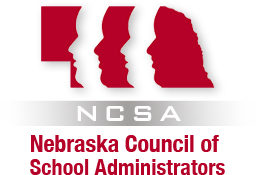Dr. Bill Thurmond
Numerous studies have displayed a concern related to the elementary school child's inability to use maps commonly associated with the social studies program. There is a need to apply current knowledge about cognitive development to map skills instruction. The purpose of this study was to (1) identify map skills most commonly suggested for inclusion in elementary social studies programs; (2) identify criteria, based on Piaget's theories of cognitive development, which facilitate the transition between stages of development; and, (3) suggest activities for teaching selected map skills which demonstrate characteristics of these Piagetian criteria. The most commonly suggested map skills of direction, location, scale and symbols were identified through a reveiw of selected literature. Professional literature related to Piaget's theory about how children develop cognitive abilities and how movement between developmental stages (preoperational to concrete and concrete to formal) is facilitated was reviewed. The review revealed that the criteria of concrete experiences, social interaction and exploratory experiences should be displayed in instructional activities to facilitate movement between developmental stages. Through use of the suggested map skills and the Piagetian criteria suggested for facilitation of transitions between developmental stages, 24 map skill activities were developed. These activities were presented in a matrix of four basic map skills, two transitions, and three Piagetian criteria. A panel of experts knowledgeable in the application of Piaget's theory to elementary school curriculum and/or experience in the consideration of map skills within the context of Piaget's notions about how children learn was used to determine whether or not the Piagetian criteria were met in the wording of the activities. A Delphi procedure was used to refine the map skill activities and reach an acceptable level of agreement in terms of Piagetian criteria. The activities were revised after the first round using suggestions made by the panel. A second round of applying the Delphi procedure produced the stated goal of 80 percent agreement for each of the activities.
























